Amid the Red Sea crisis that has severely disrupted a critical seaborne route for global trade, a fleet of "steel camels", referring to the freight trains running on the China-Europe railway, stands out as a land-based alternative, said Fu Cong, China's ambassador to the European Union.
In a signed article titled "Belt and Road Cooperation: A Smart 'De-risking' Option for Europe", published on Tuesday on Euractiv, a European news website focused on European Union policy, Fu said the China-Europe rail link, a flagship project of the Belt and Road Initiative, has proved its unique role amid the crisis and shown that China-Europe cooperation around the BRI is both necessary and forward-looking.
"It is fair to say that the China-Europe Railway Express has become a lifeline for China-EU trade at this critical moment," said Fu.
Since late last year, the Houthi group in Yemen has been launching selective attacks on ships going through the Red Sea, in protest against ongoing Israeli strikes in Gaza.
The United States and the United Kingdom responded with joint airstrikes against Houthi targets in Yemen, only to apparently escalate the unstable situation.
The tension in the area has disrupted global container shipping because the Red Sea is a critical Asia-Europe maritime corridor.
"Both China and Europe bore the brunt of the deteriorating security dynamics in the region," said Fu.
The cost of shipping a container from Yiwu, a city in East China that exports large amounts of small commodities such as gifts and toys, to Europe has more than doubled since December, and multinationals, including Volvo, Ikea, and H&M, have said they are struggling with the negative impact on their production and sales.
Fu said around 60 percent of China's exports to Europe relied on the Red Sea route before the outbreak of the crisis, but now that 90 percent of those container ships from China have been forced to reroute via the Cape of Good Hope, the southern point of the African continent, there has been a minimum 12-day increase in shipping time.
Stable solution
Facing rising costs and uncertain seaborne logistics, many businesses now have their eyes on the China-Europe Railway Express, which provides rapid, stable and reliable solutions to the massive flow of goods across the Eurasian continent.
"With the decline of freight volume in the Red Sea, this land route has bucked the trend to see strong growth. Inquiries made to the railway express have almost doubled. Most container service providers predict that railway transportation will grow dramatically in the years ahead," Fu said.
The route started in 2011 when the first China-Europe freight train departed from Chongqing in Southwest China and arrived in Duisburg, Germany. The 11,000-kilometer link crosses the Xinjiang Uygur autonomous region into Kazakhstan and passes through Russia, Belarus and Poland before reaching Germany.
As of the end of 2023, China-Europe trains were connecting 219 cities in 25 European countries, and the network will continue to expand.
"It is good to see that thanks to Belt and Road cooperation, more countries have come to realize the importance of pathways, and are joining the efforts to build more belts and roads," Fu said. "The BRI is forming a global network of connectivity that benefits all, and offering strong support and more options for the development of various countries."










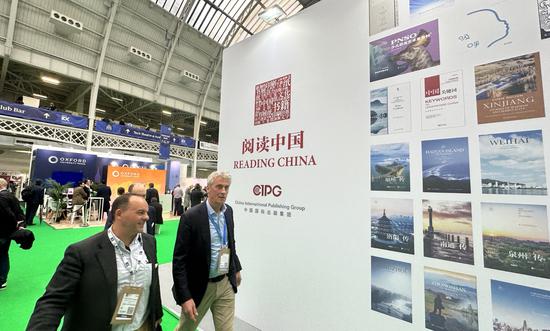








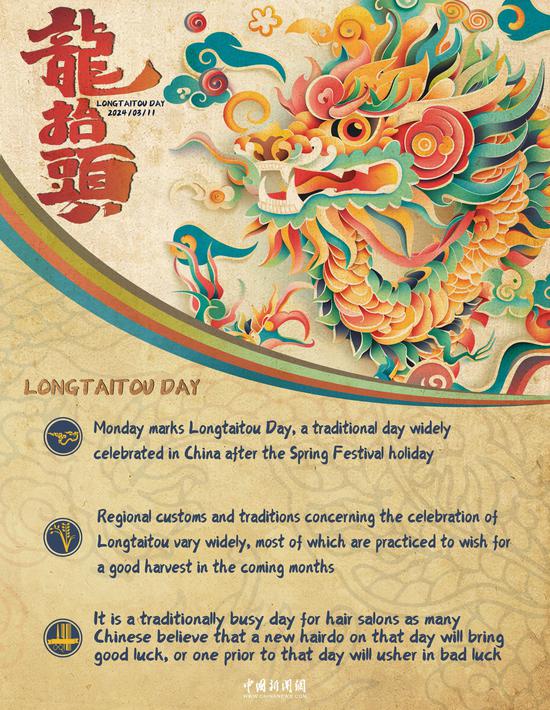


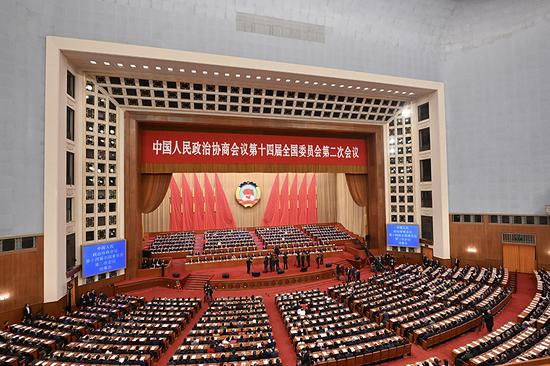


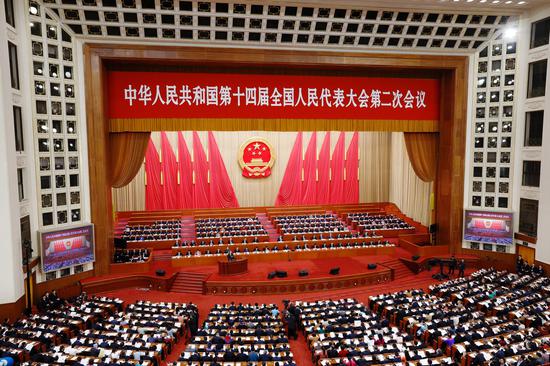
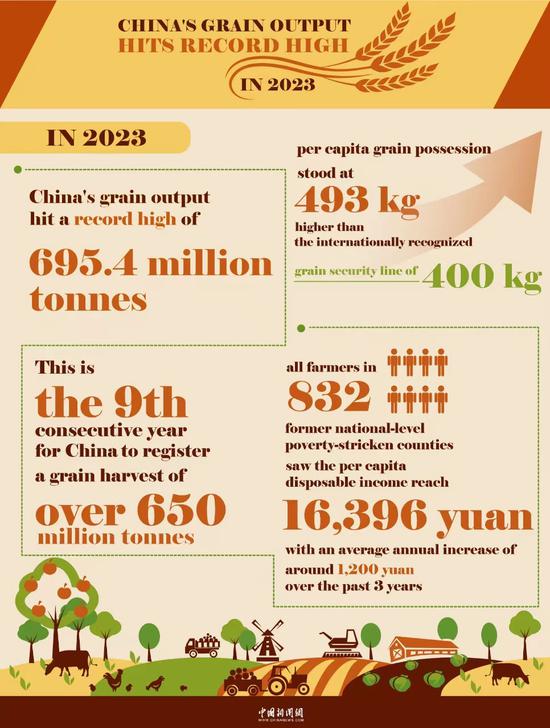

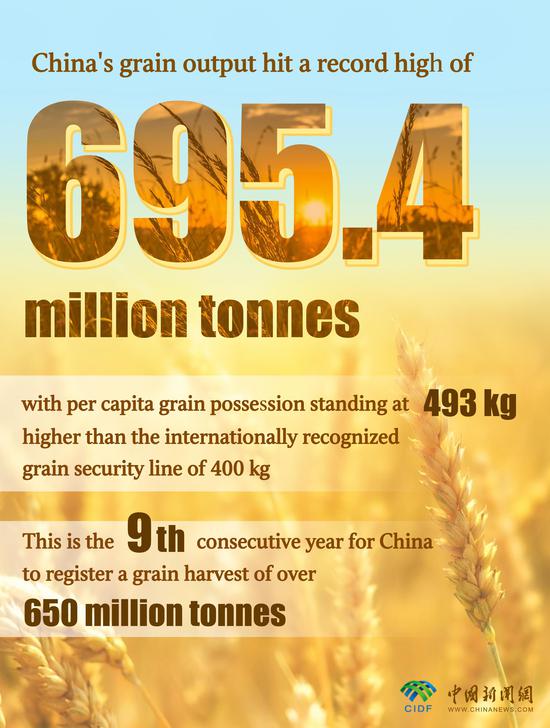
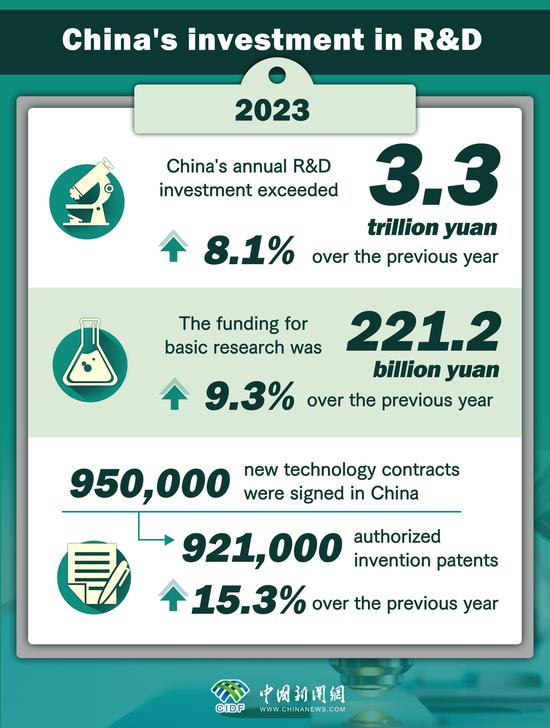

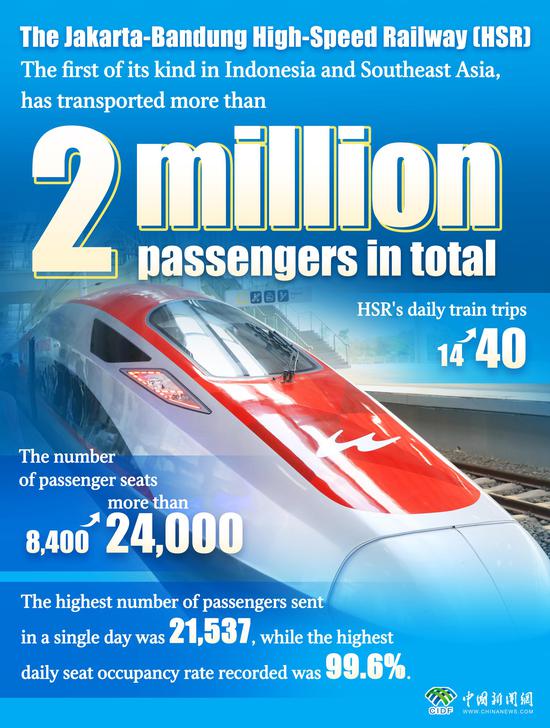



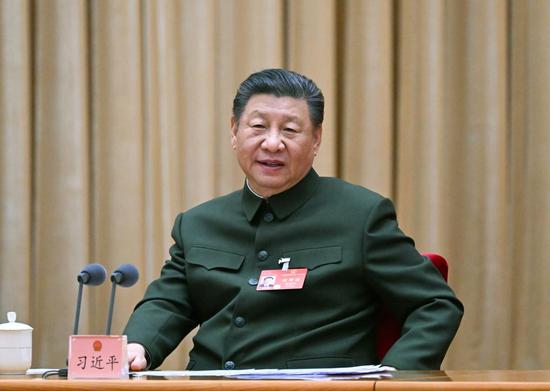

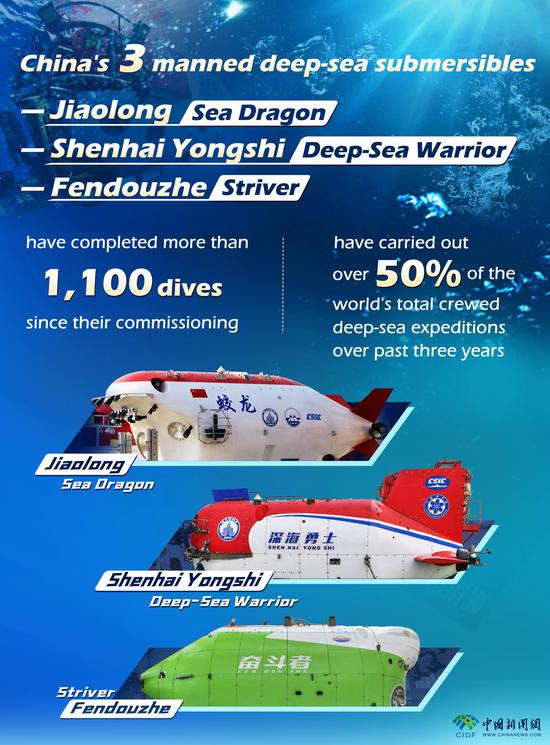
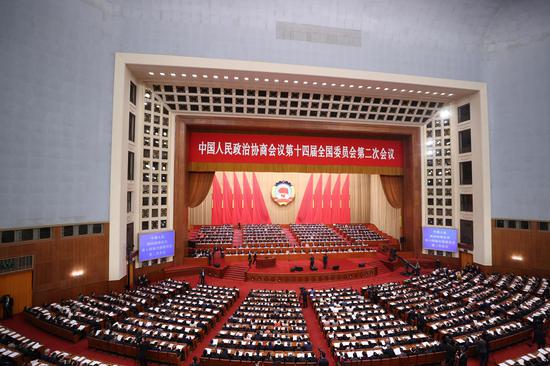
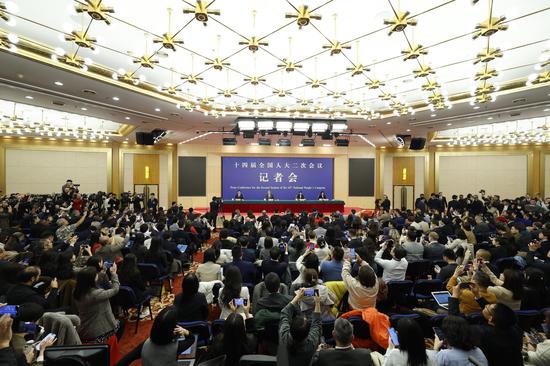

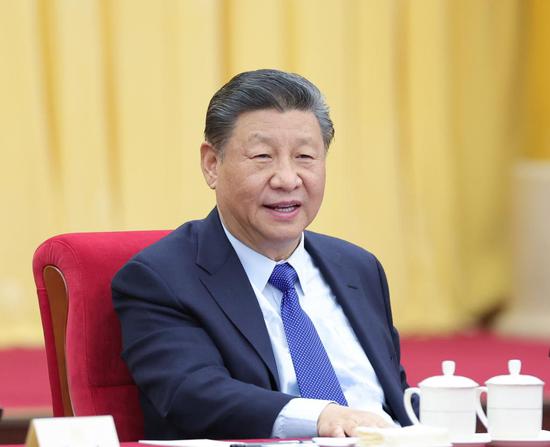
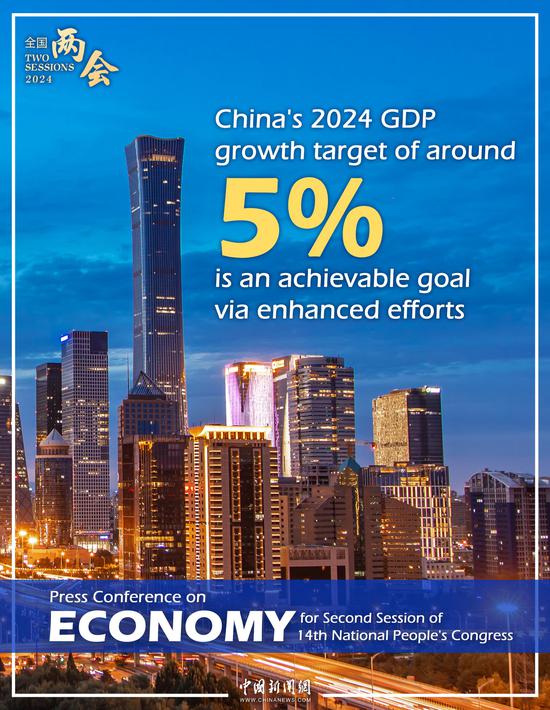

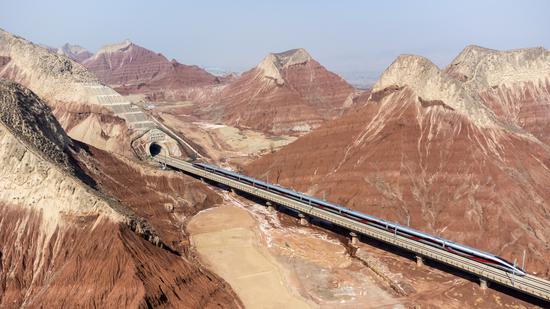





 京公网安备 11010202009201号
京公网安备 11010202009201号